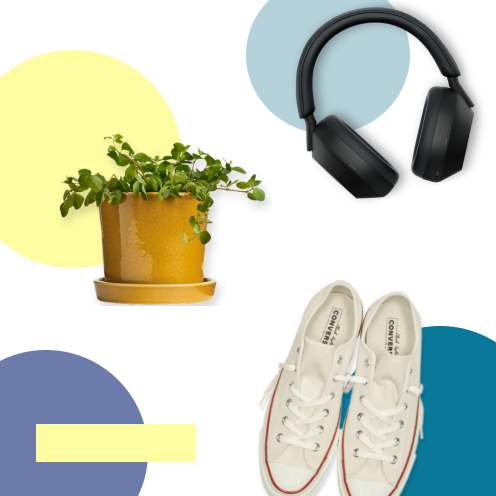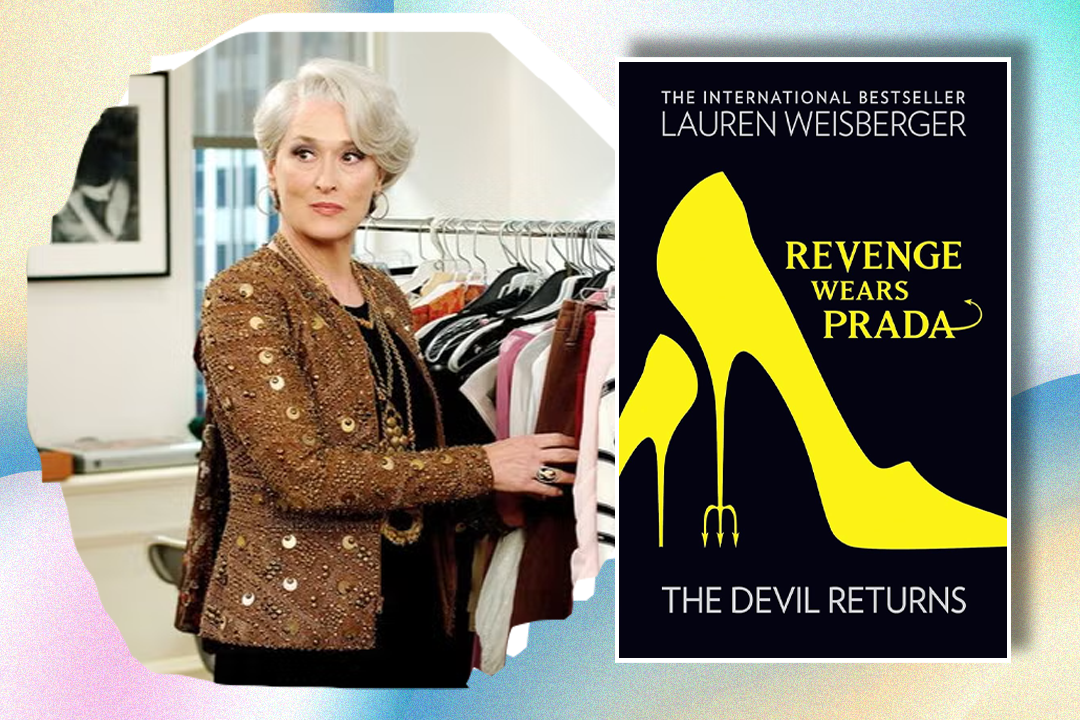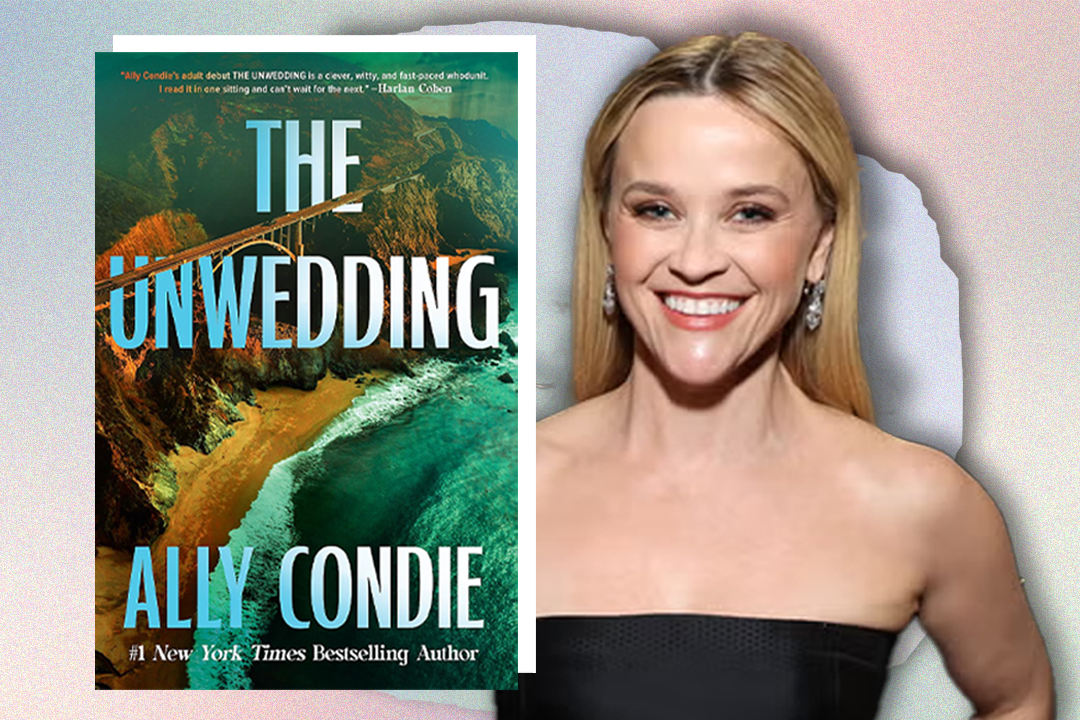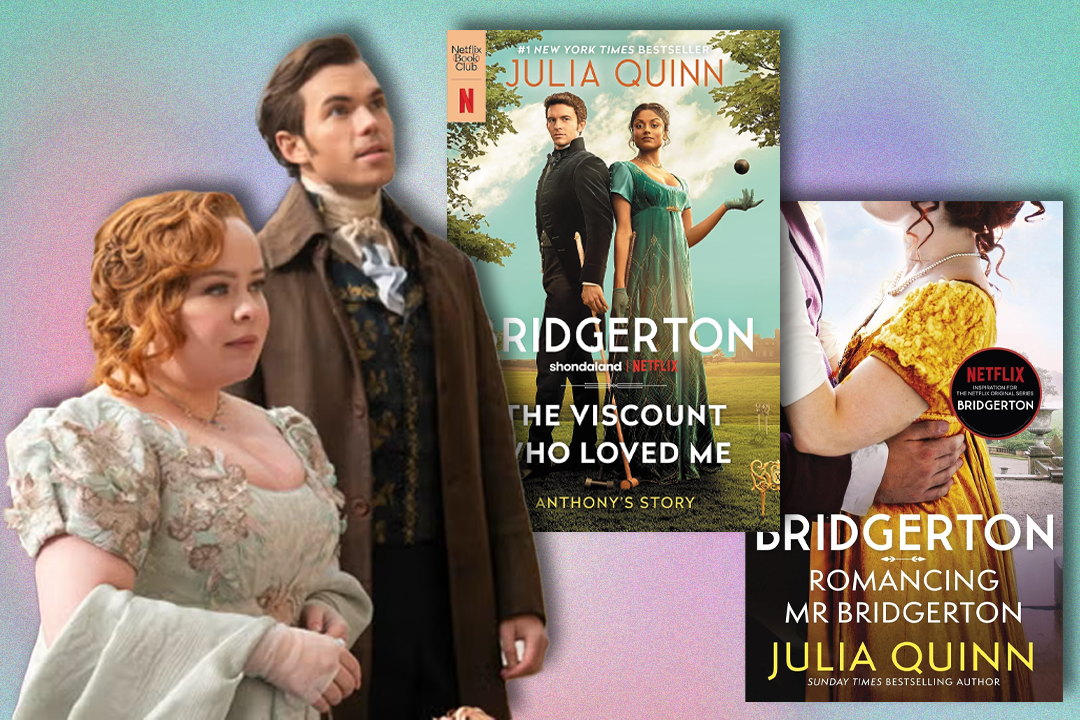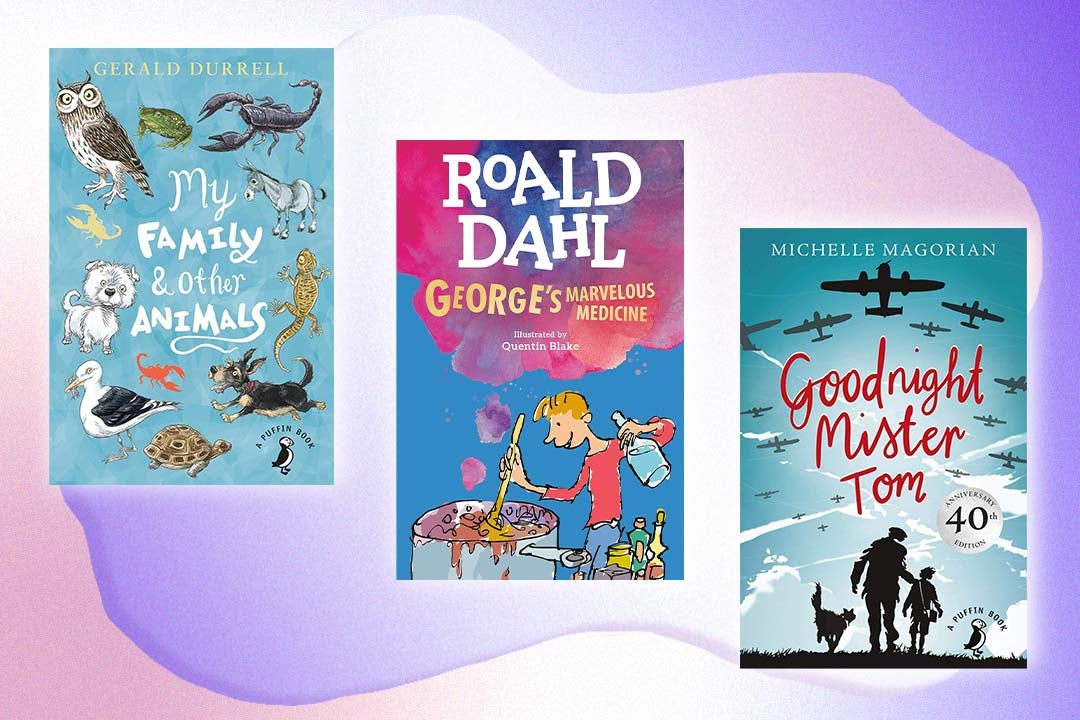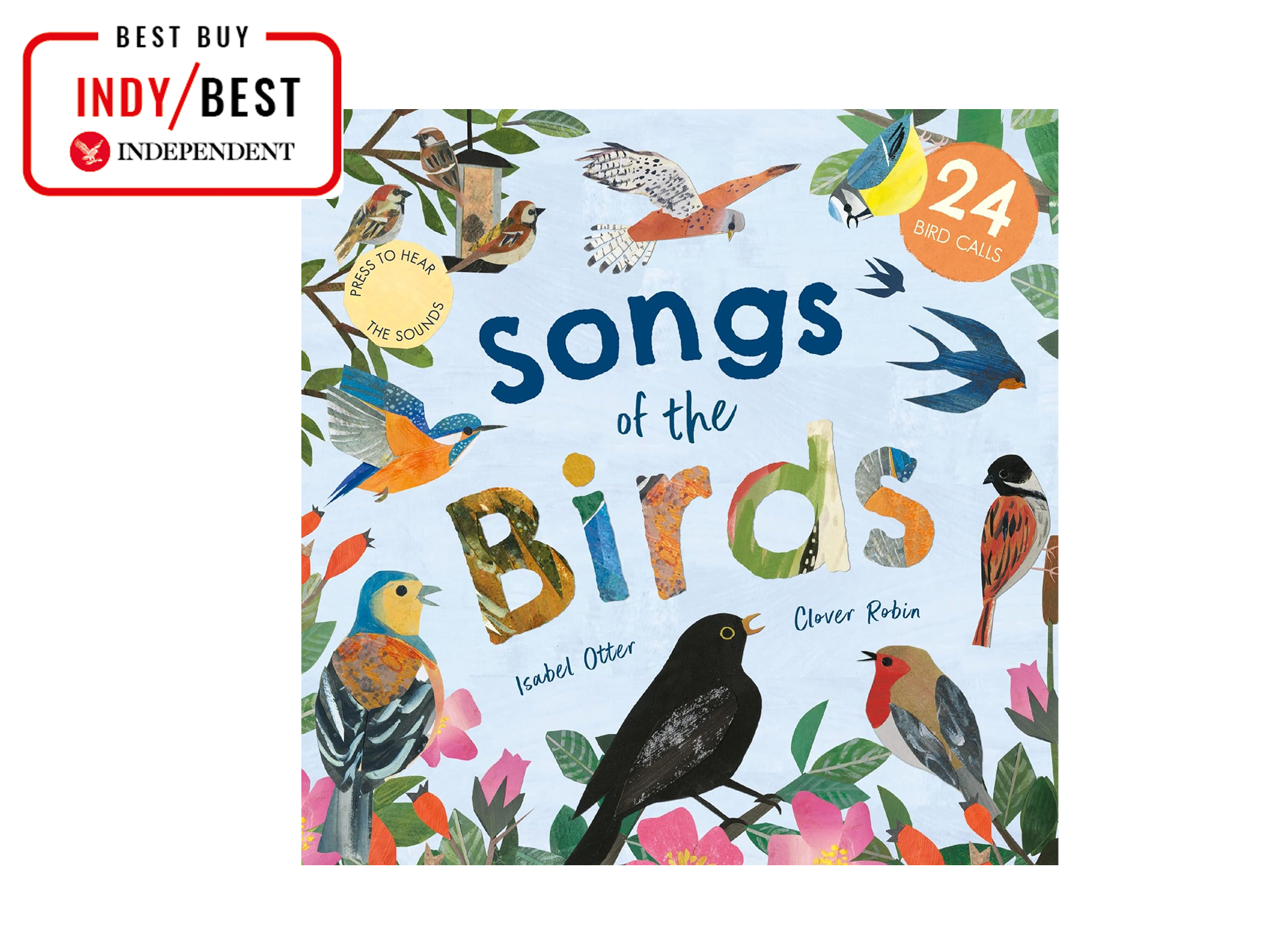
The Independent's journalism is supported by our readers. When you purchase through links on our site, we may earn commission. Why trust us?
15 best children’s non-fiction books to inspire your little bookworm
From illustrated guides to interactive texts, these non-fiction titles can help spark children’s interests
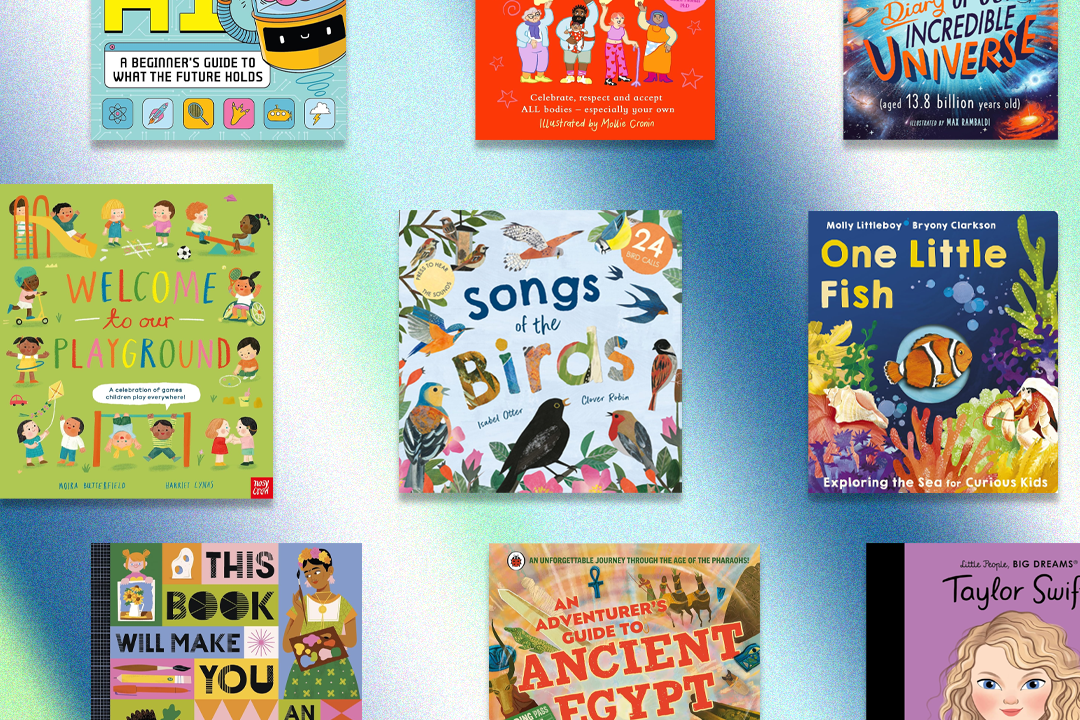


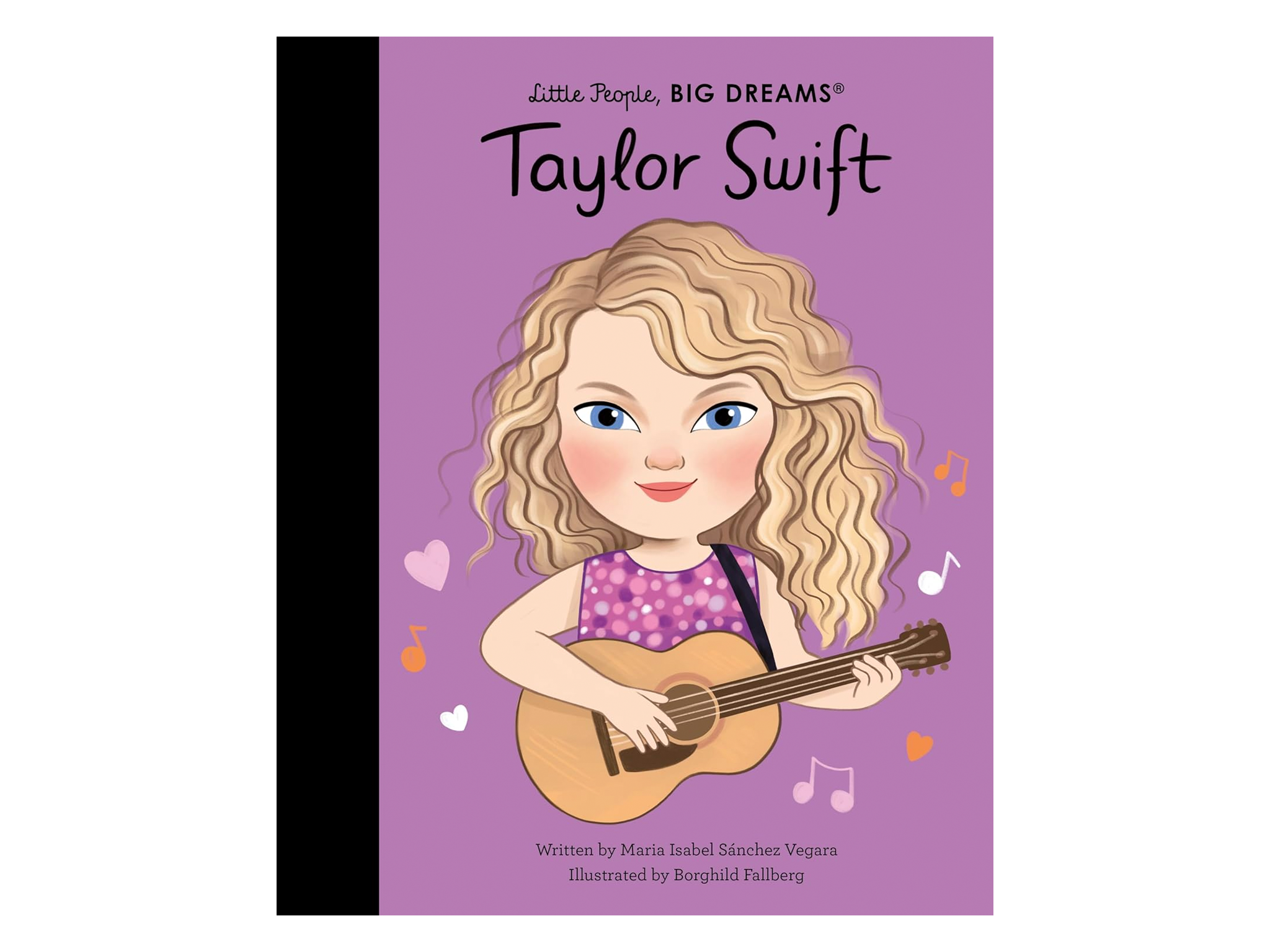 Best for SwiftiesLittle People Big Dreams ‘Taylor Swift’ by Maria Isabel Sanchez Vegara, published by Frances Lincoln Children’s BooksRead review£9
Best for SwiftiesLittle People Big Dreams ‘Taylor Swift’ by Maria Isabel Sanchez Vegara, published by Frances Lincoln Children’s BooksRead review£9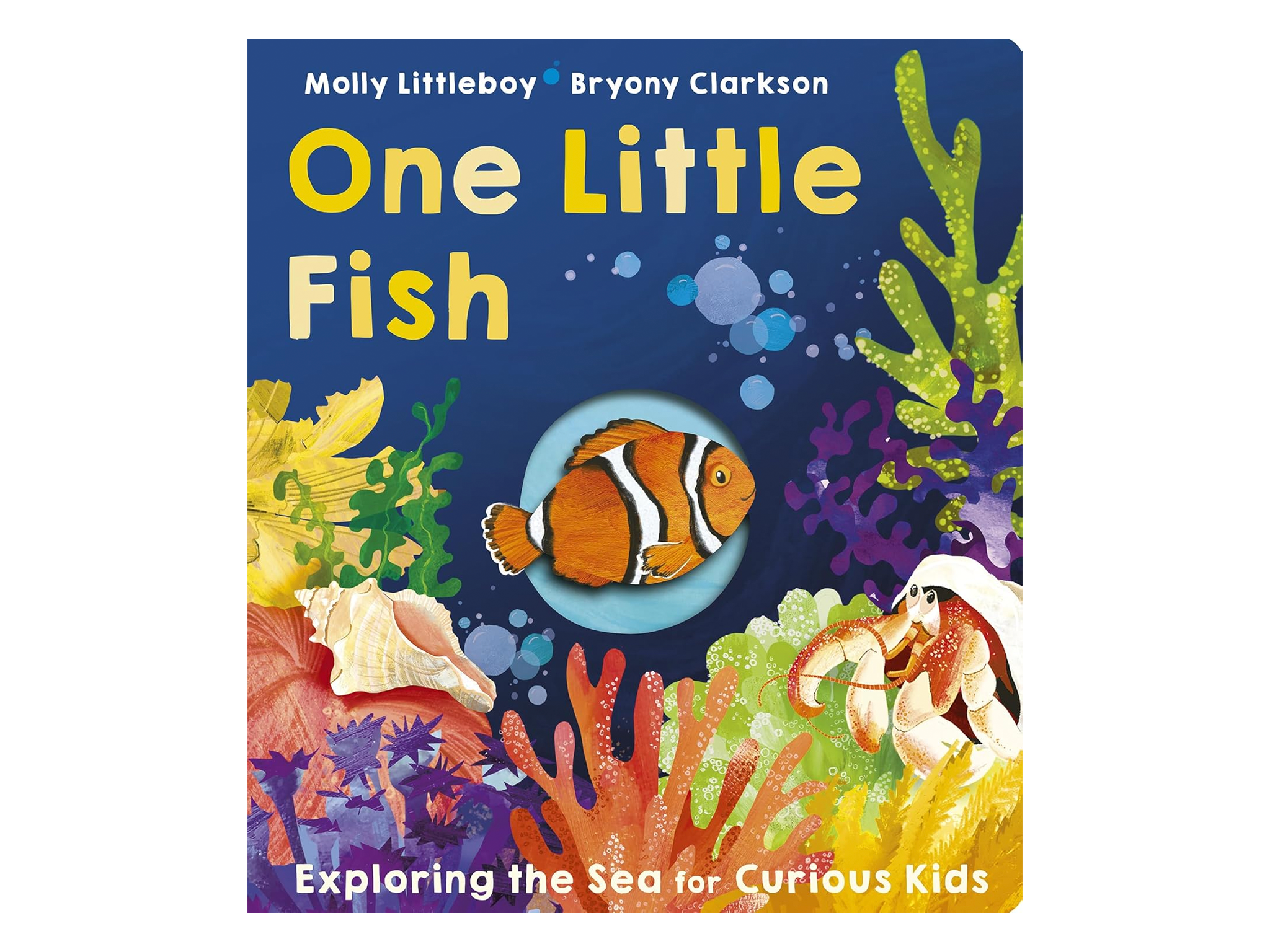
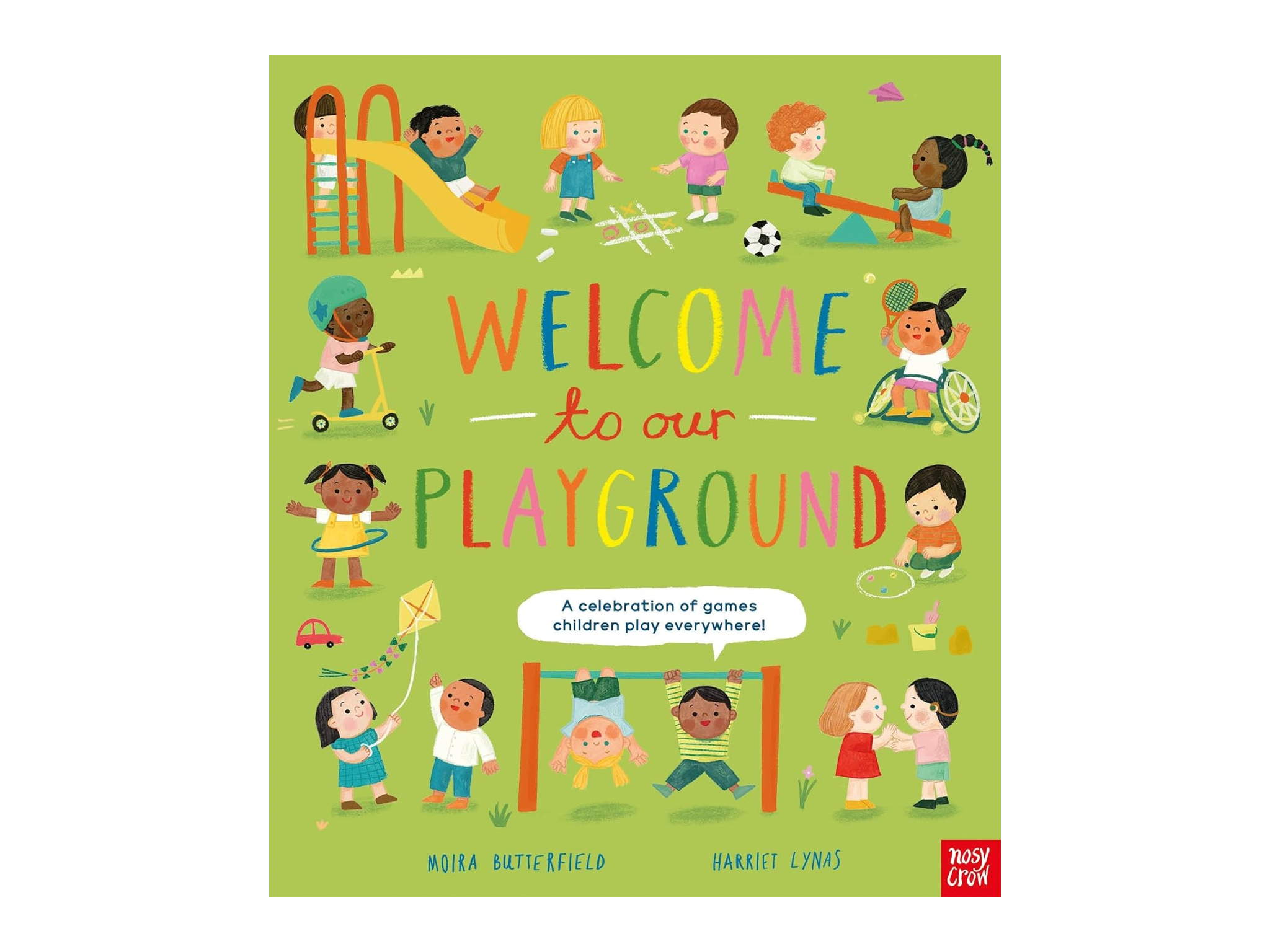 Best cultural book‘Welcome to our Playground’ by Moira Butterfield, published by Nosy CrowRead review£13
Best cultural book‘Welcome to our Playground’ by Moira Butterfield, published by Nosy CrowRead review£13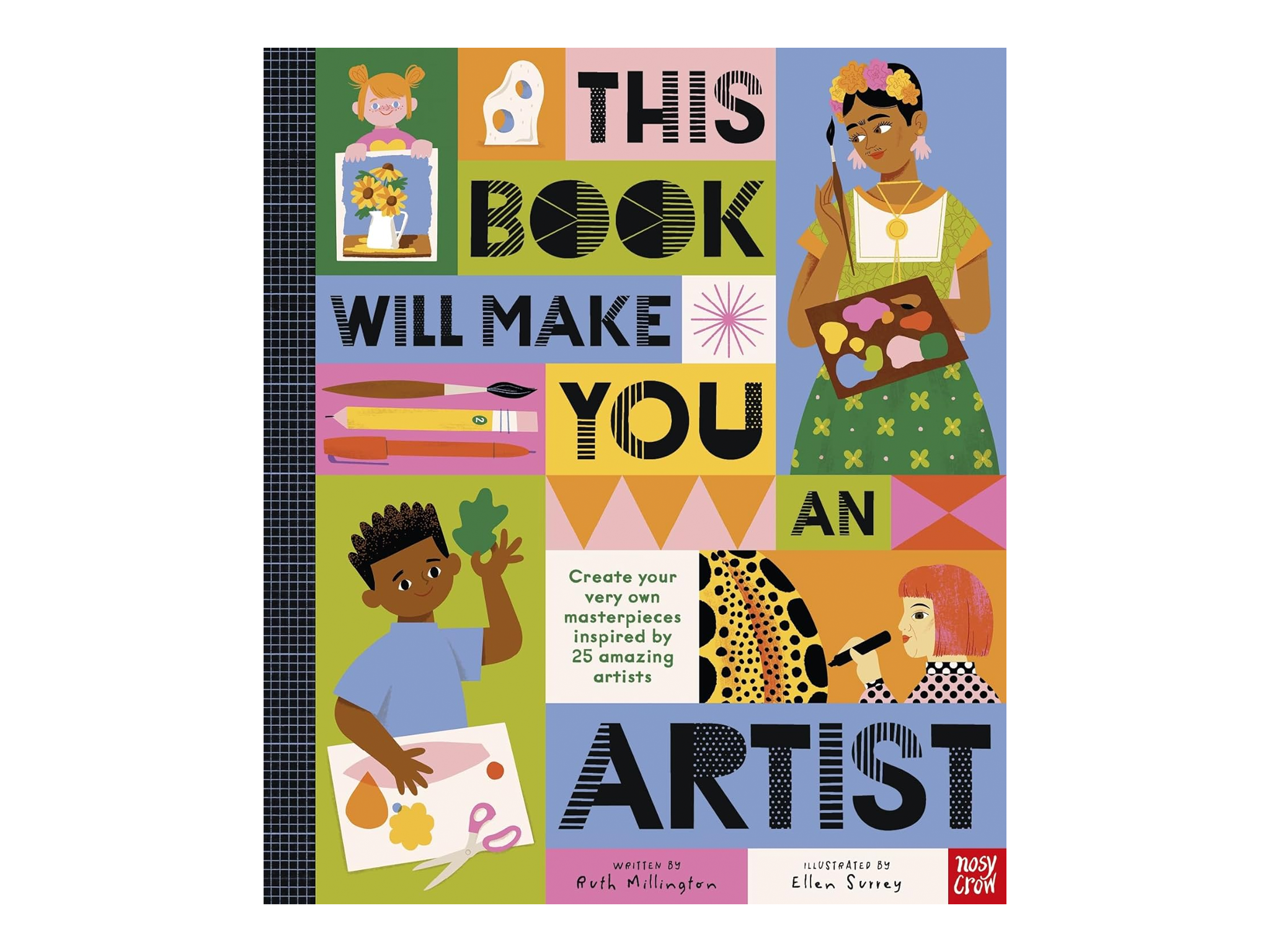 Best for creativity‘This Book Will Make You an Artist’ by Ruth Millington, published by Nosy CrowRead review£11
Best for creativity‘This Book Will Make You an Artist’ by Ruth Millington, published by Nosy CrowRead review£11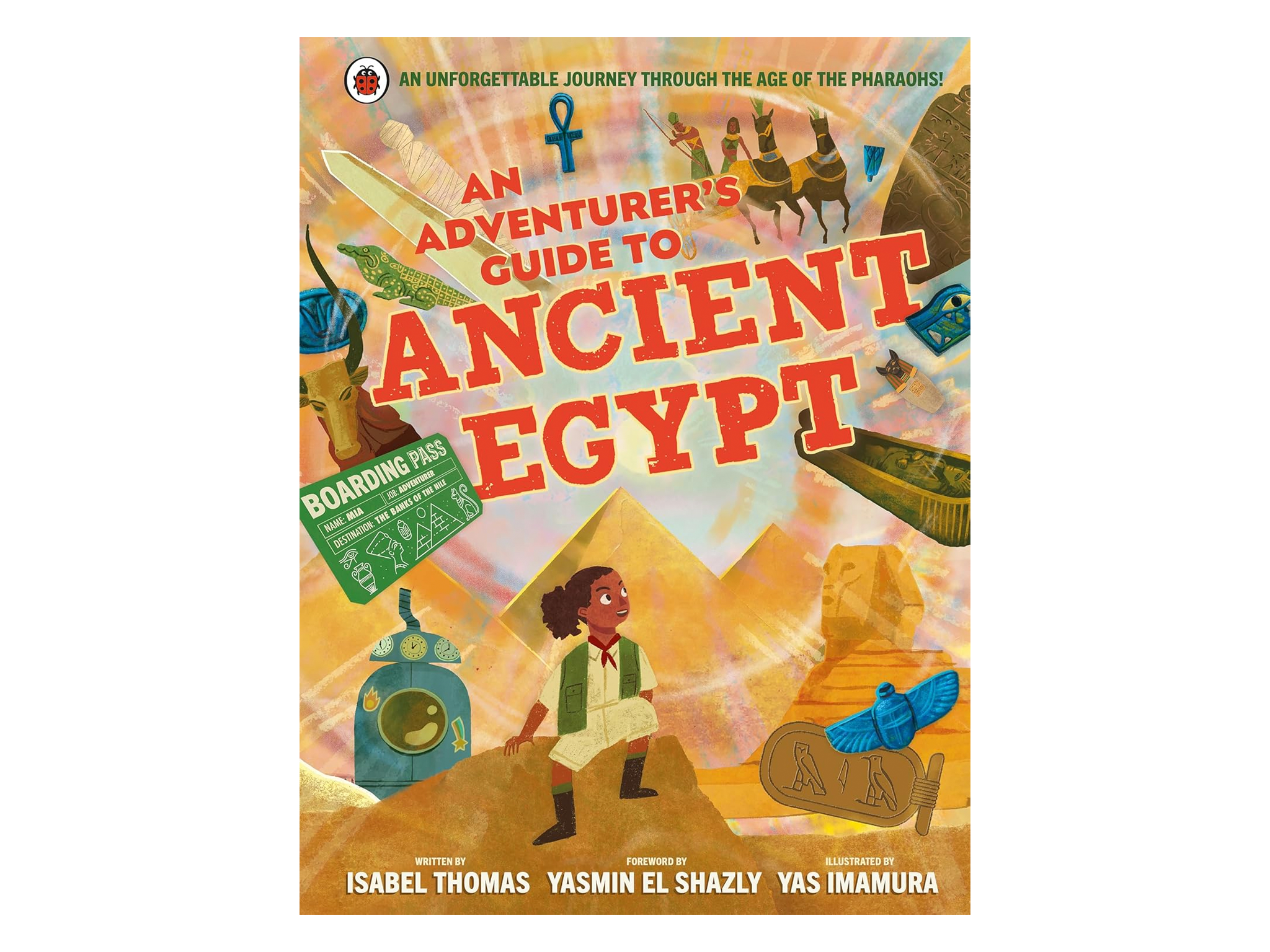 Best history book ‘An Adventurer’s Guide to Ancient Egpyt’ by Isabel Thomas, published by LadybirdRead review£12
Best history book ‘An Adventurer’s Guide to Ancient Egpyt’ by Isabel Thomas, published by LadybirdRead review£12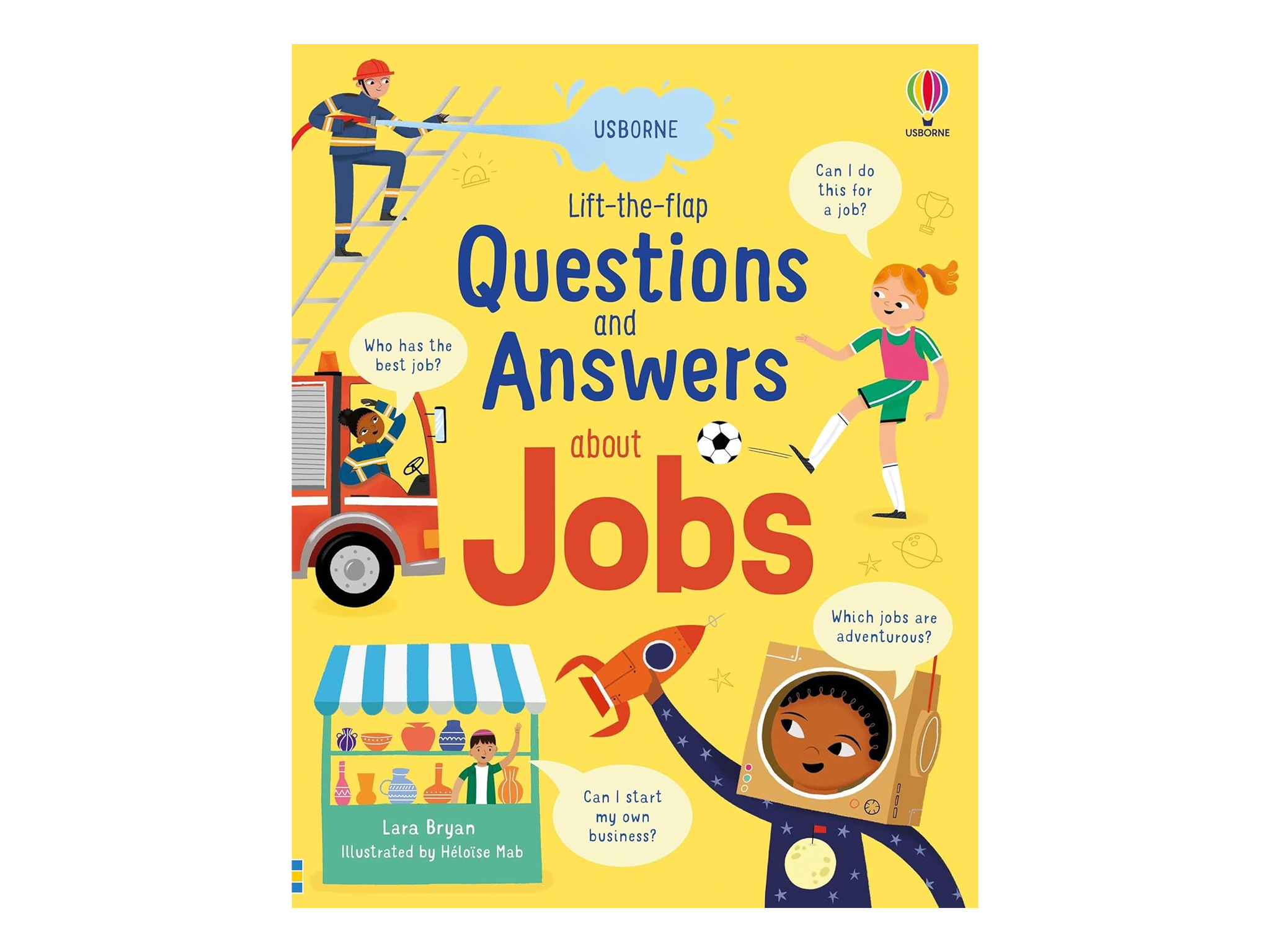 Best lift-the-flap book ‘Lift-the-flap Questions and Answers about Jobs’ by Lara Bryan, published by UsborneRead review£10
Best lift-the-flap book ‘Lift-the-flap Questions and Answers about Jobs’ by Lara Bryan, published by UsborneRead review£10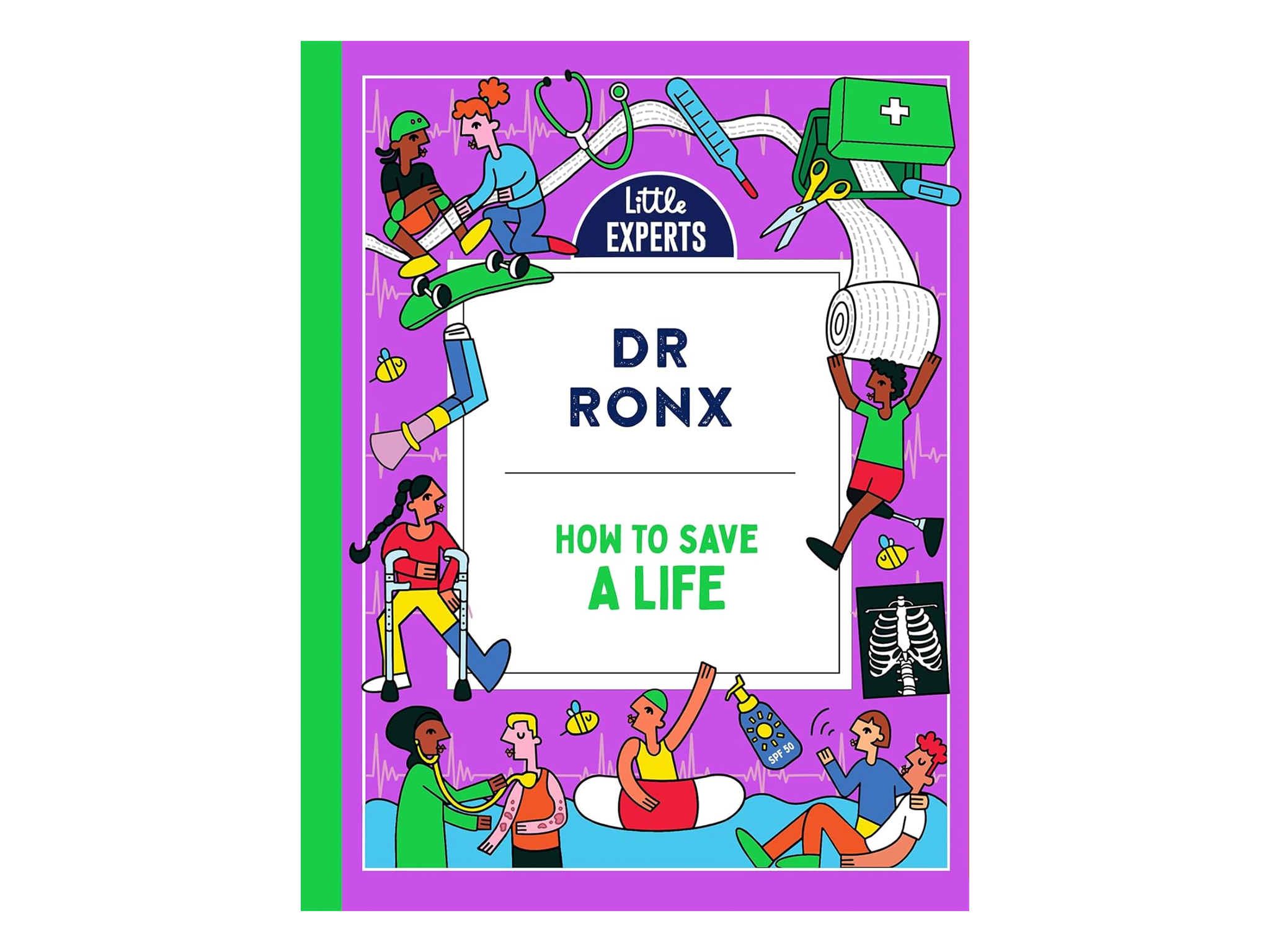 Best for life skillsLittle Experts ‘How to Save a Life’ by Dr Ronx, published by Red ShedRead review£9
Best for life skillsLittle Experts ‘How to Save a Life’ by Dr Ronx, published by Red ShedRead review£9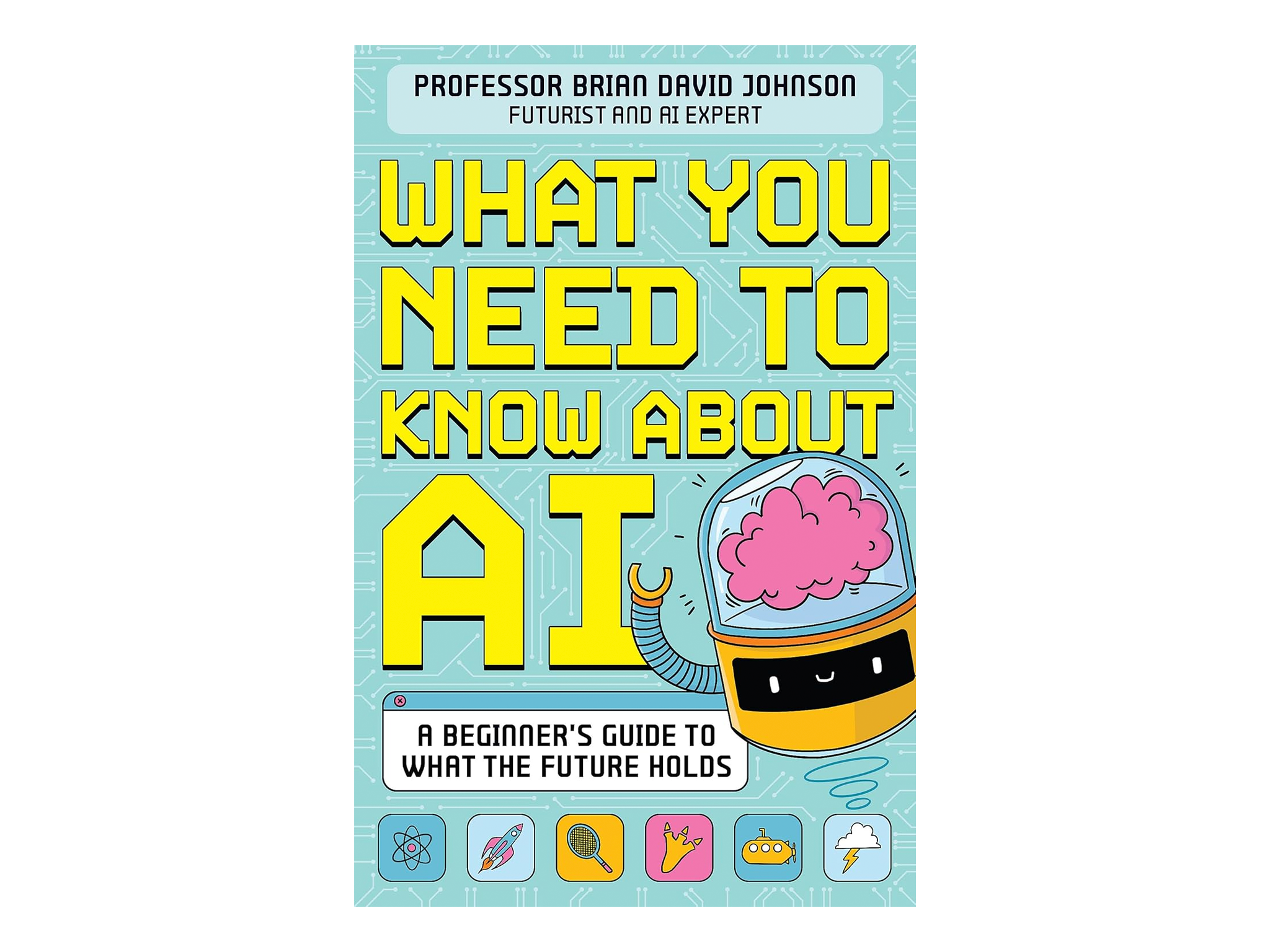 Best book about technology ‘What You Need to Know about AI: A Beginner’s Guide to What Our Future Holds’ by Brian David Johnson, published by Wren & RookRead review£6
Best book about technology ‘What You Need to Know about AI: A Beginner’s Guide to What Our Future Holds’ by Brian David Johnson, published by Wren & RookRead review£6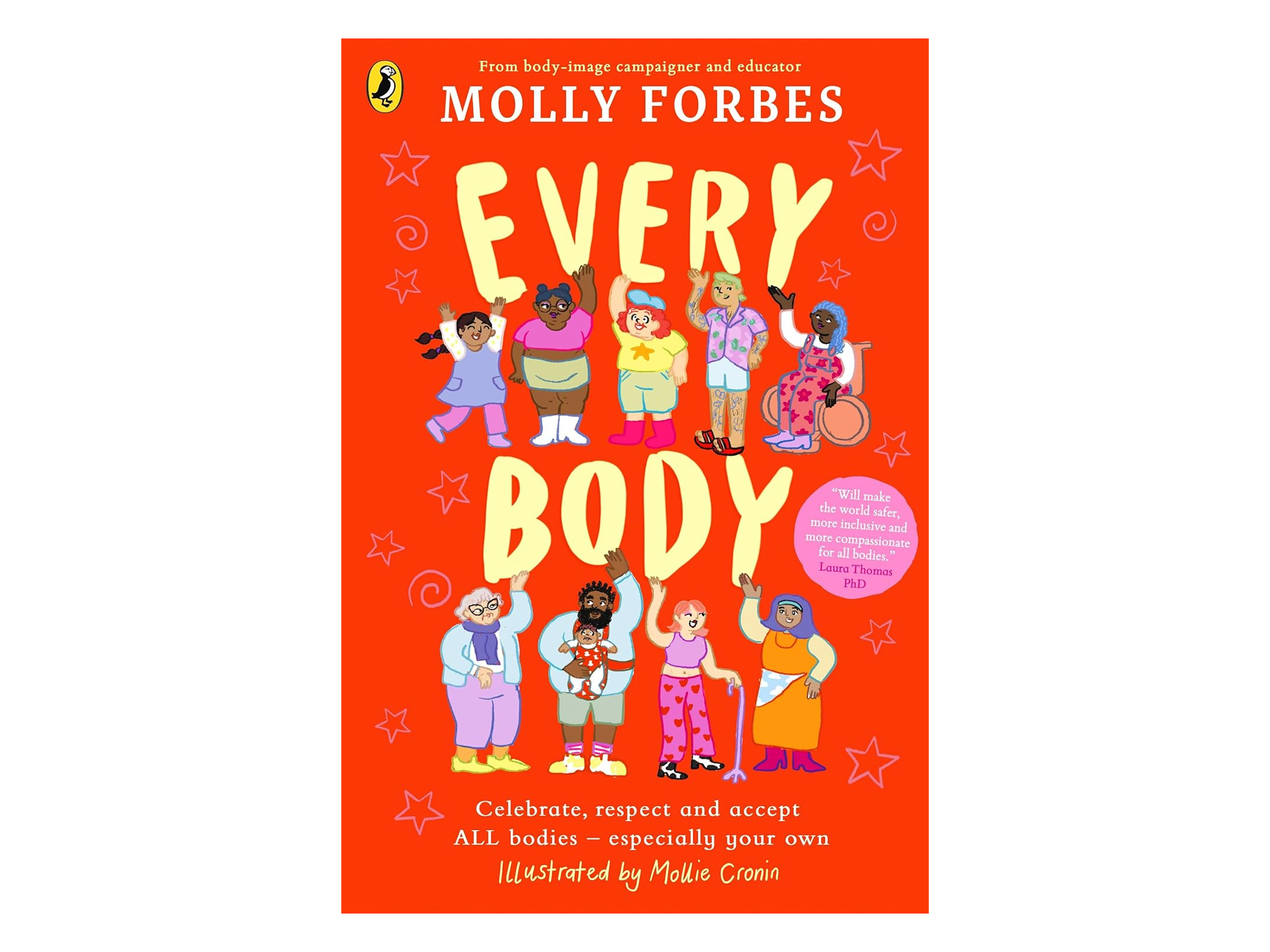
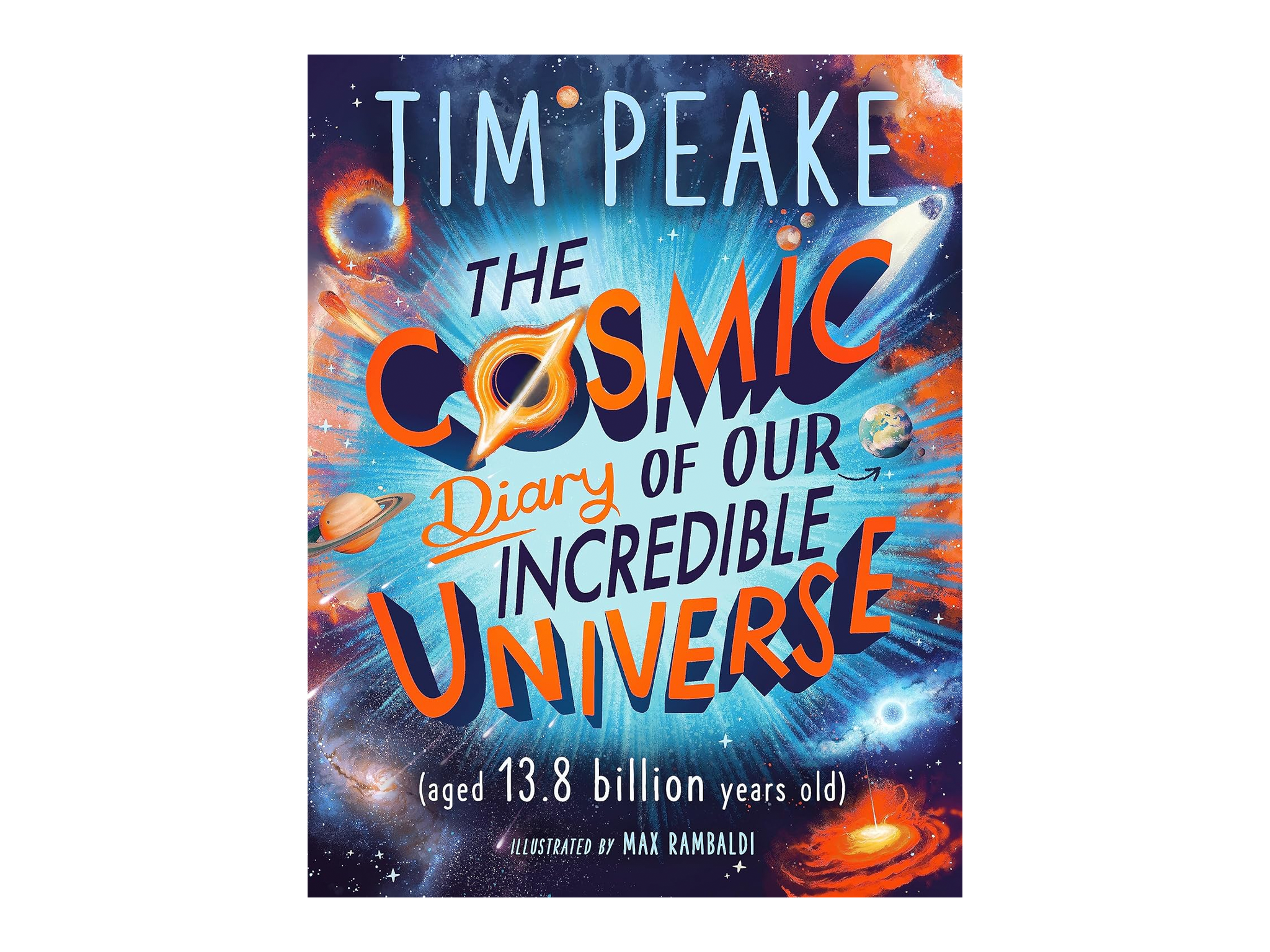 Best book about space‘The Cosmic Diary of our Incredible Universe’ by Tim Peake, published by Wren & RookRead review£7
Best book about space‘The Cosmic Diary of our Incredible Universe’ by Tim Peake, published by Wren & RookRead review£7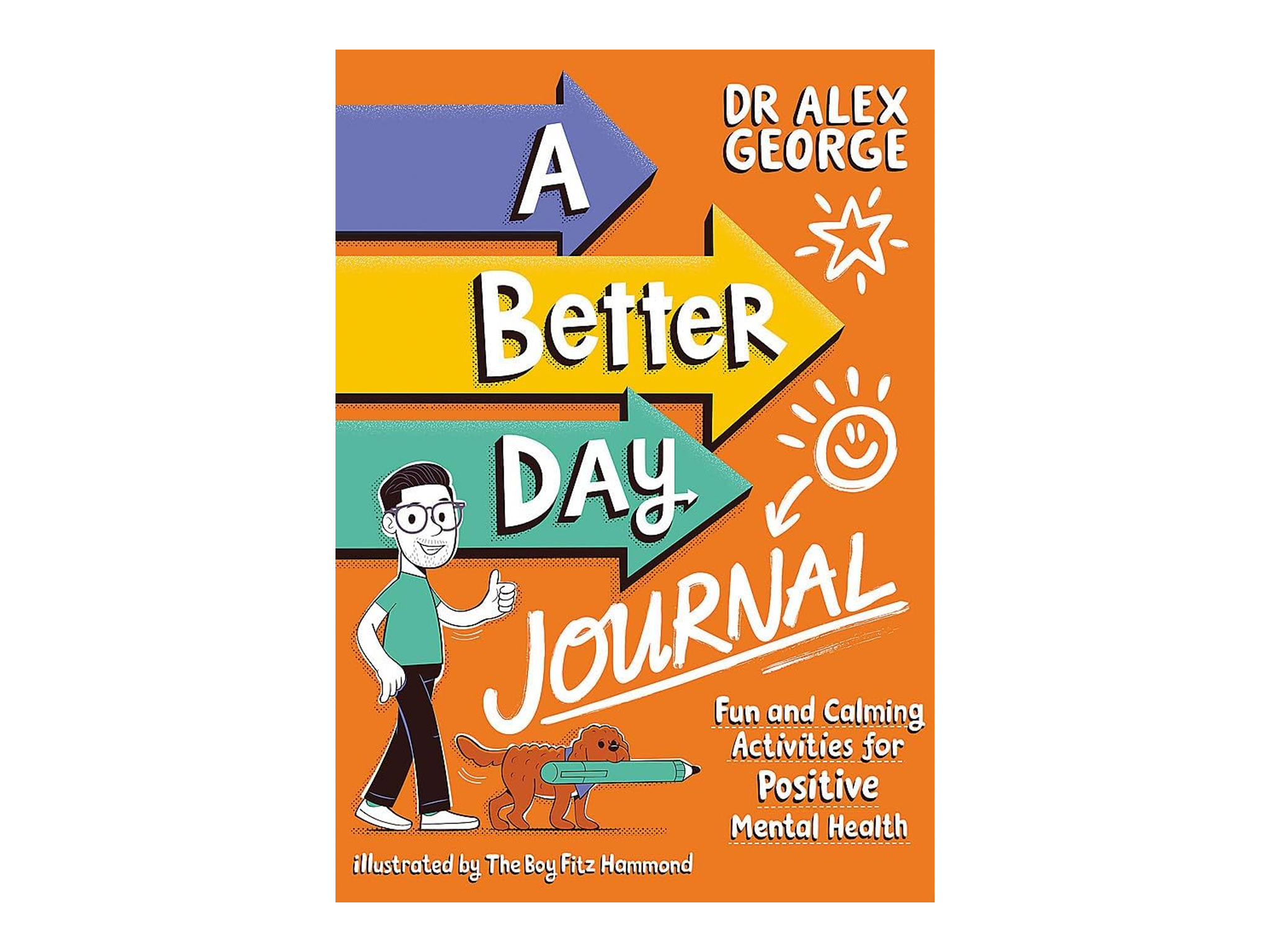 Best mental health non-fiction book‘A Better Day Journal’ by Dr Alex George, published by Wren & RookRead review£7
Best mental health non-fiction book‘A Better Day Journal’ by Dr Alex George, published by Wren & RookRead review£7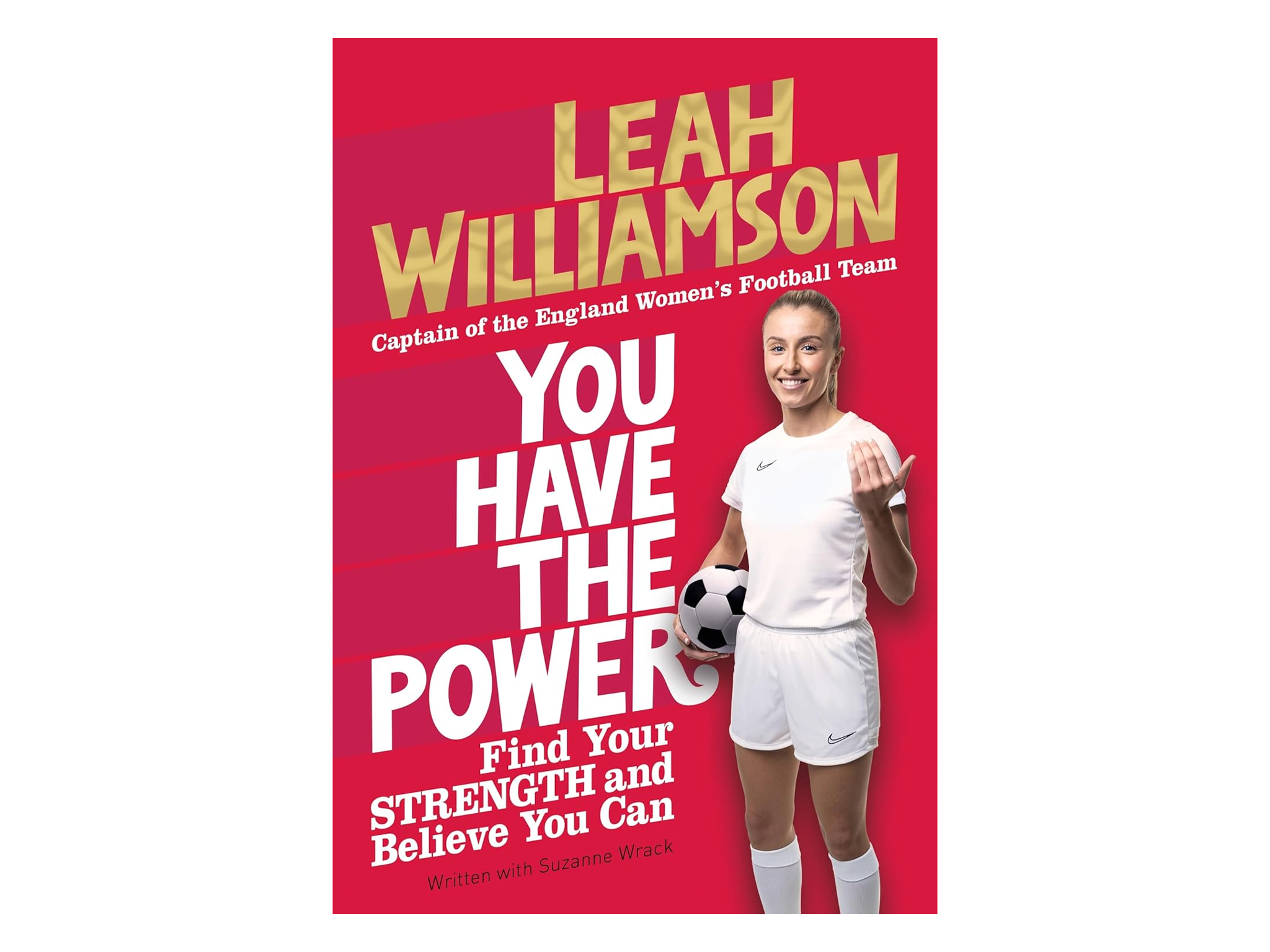 Best inspirational read‘You have the Power: Find Your Strength and Believe you Can’ by Leah Williamson, published by Macmillan Children’s BooksRead review£7
Best inspirational read‘You have the Power: Find Your Strength and Believe you Can’ by Leah Williamson, published by Macmillan Children’s BooksRead review£7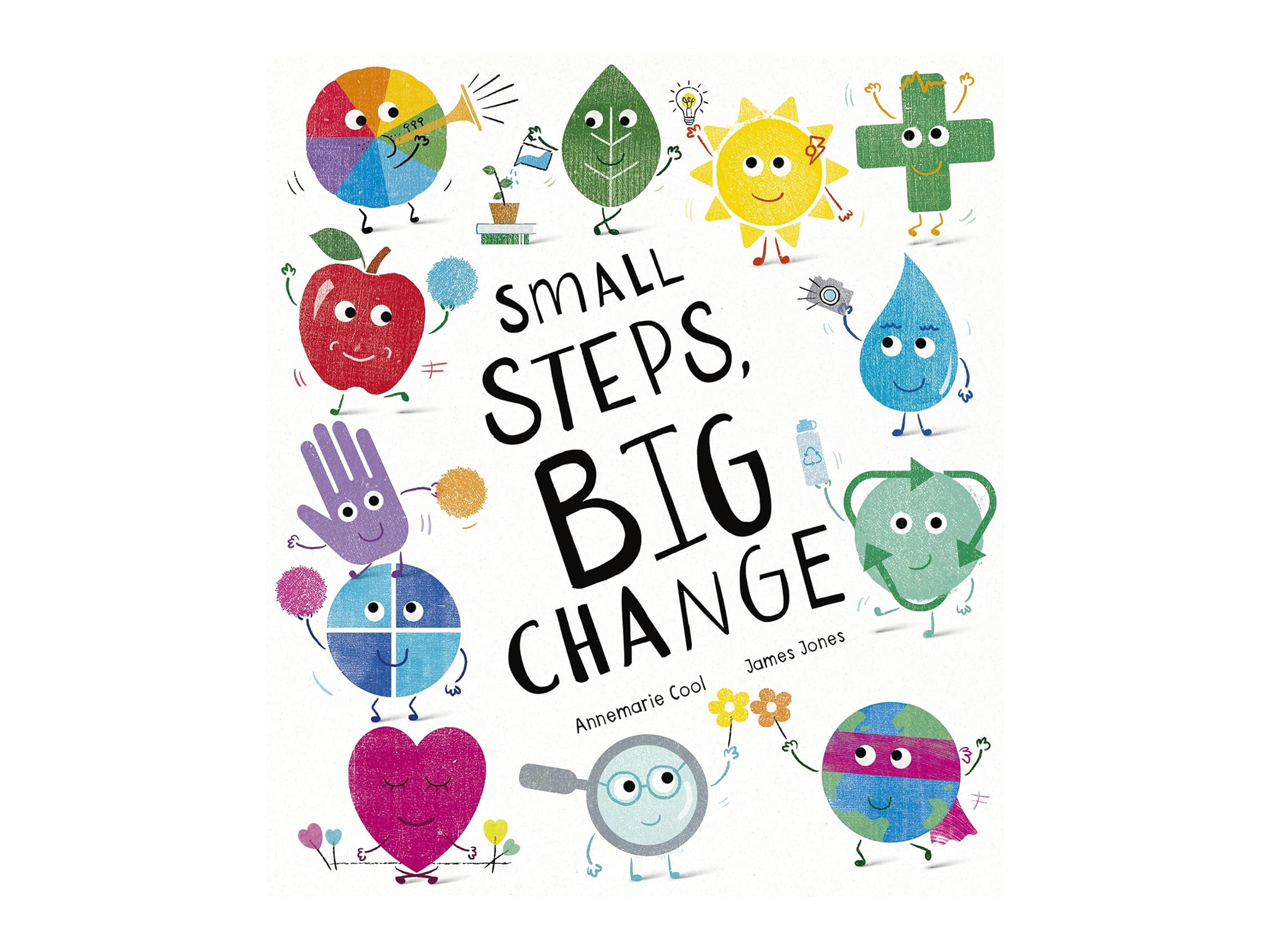 Best book about the environment ‘Small Steps Big Change’ by Annemarie Cool, published by Little Tiger PressRead review£10
Best book about the environment ‘Small Steps Big Change’ by Annemarie Cool, published by Little Tiger PressRead review£10
As parents, we’re constantly reminded about the importance of reading with our children. Still, when browsing for books online or in your local bookstore, it can be easy to overlook non-fiction titles in favour of imaginative adventures and fantasy fiction.
There are a huge number of benefits associated with reading non-fiction or factual books with your children. Ideal for curious minds and reluctant readers, non-fiction titles can help children expand their vocabulary, evaluate different perspectives, ask questions and build culturally diverse knowledge as they grow up.
Words for Life, a charity formed by the National Literacy Trust, states: “Providing children with the opportunity to read and explore high-quality non-fiction texts plays a vital role in helping them to learn about the world around them. It encourages reading for pleasure and sparks curiosity and, in turn, conversation.”
With such a wide range of non-fiction titles available, we opened our minds and snuggled down in our reading corner to explore some of the fascinating topics you can introduce to your children. From nature, science and technology to books that help children manage their emotions and mental health, here’s our pick of the best non-fiction books for kids in 2024.
How we tested the best non-fiction books for kids
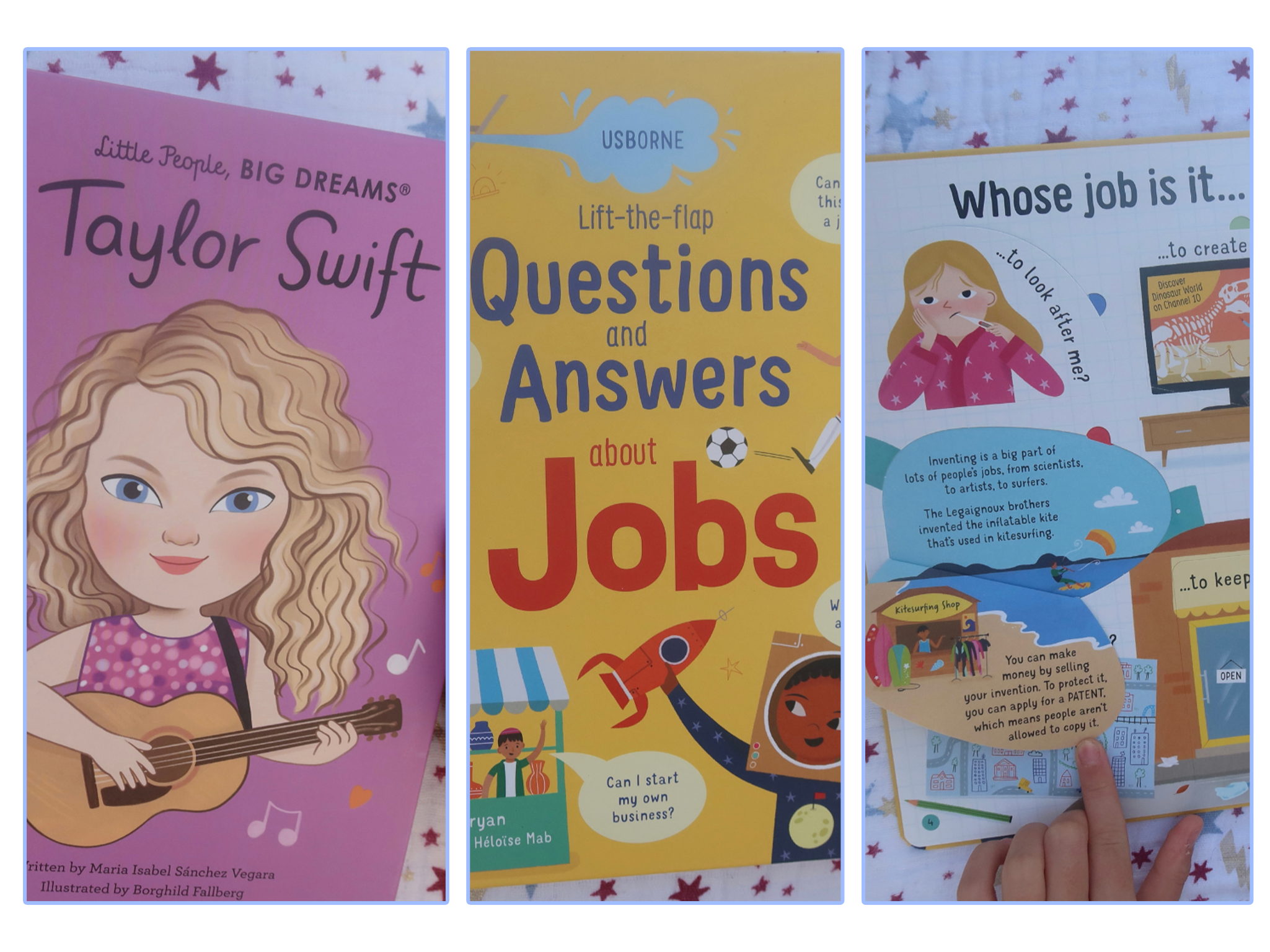
Over four weeks, we enjoyed a wide range of non-fiction titles, with the help of two mini bookworms aged seven and eleven, exploring titles from a wide range of genres and themes. In addition to assessing each book’s overall entertainment value, we considered factors such as educational benefits, layout, quality of illustrations and any interactive elements, as well as how inclusive and relevant the content was to its target age group.
After putting a wide variety of impressive non-fiction books through their paces, we (somewhat reluctantly) narrowed down the list to the top 15 non-fiction books for kids, with options to suit every age, category and budget.
The best non-fiction books for kids 2024 are:
- Best overall – Songs of the Birds by Isabel Otter, published by Caterpillar Books: £10.68, Amazon.co.uk
- Best budget buy – Kay’s Incredible Inventions by Adam Kay, published by Puffin: £5.60, Amazon.co.uk
- Best nature book – One Little Fish by Molly Littleboy, published by Little Tiger: £8.99, Amazon.co.uk
- Best cultural book – Welcome to our Playground by Moira Butterfield, published by Nosy Crow: £13.79, Amazon.co.uk
- Best for creativity – This Book Will Make You An Artist by Ruth Millington, published by Nosy Crow: £11.99, Amazon.co.uk
‘Songs of the Birds’ by Isabel Otter, published by Caterpillar Books

- Best: Overall
- Age suitability: 3-5 years
- Format: Board book
- Why we love it
- Encourages children to seek out birds in natural surroundings
- Immersive illustrations
- Take note
- Text is best enjoyed with an adult
This book was such an unexpected hit with our mini testers, despite both being older than the target age group. With its unique, interactive design, this book had the kids coming back to it time and time again during testing.
A chunky board book perfectly sized for small hands, Songs of the Birds helps children develop an interest in nature, with immersive illustrations from aptly named Clover Robin showcasing birds in their natural habitats - everything from wrens and robins in the garden to mallards and moorhens by the lake.
With interactive buttons to press on each page, children can listen to 24 bird calls and songs, while learning practical tips to help recognise different species when exploring their local surroundings.
Our mini testers absolutely loved learning fun facts about each bird (who knew blue tits often eat upside down?) and laughed so much when the birds in the garden started to respond and sing back. While the volume is by no means intrusive, parents may be pleased to know the sound can be turned off, if needed.
‘Kay’s Incredible Inventions’ by Adam Kay, published by Puffin

- Best: Budget buy
- Age suitability: 9-12 years
- Format: Paperback (hardback also available)
- Why we love it
- Humorous and engaging text
- Fascinating facts
- Funny illustrations
- Take note
- Size may be a little off-putting to reluctant readers
When you think of fact-filled non-fiction books, you’d be forgiven for not expecting laugh-out-loud humour and hilarious illustrations, however, that’s exactly what you’ll find with the latest title from comedian and former doctor Adam Kay.
Following the success of Kay’s Marvellous Medicines, this boook is a one-stop guide to fun and fascinating inventions that changed the world – many of which our children will still be using today.
Our mini testers absolutely devoured this book, laughing together at the often bizarre illustrations from Henry Paker, and constantly stopping to share yet another hilarious fact they’d learned along the way. Did you know Egyptians used porridge as deodorant, and a dog accidentally helped invent Velcro?
While this is quite a tome of a book, its engaging layout and sectioned text make it easy to read in short, sharp sessions or head straight to chapters that appeal the most – from inventions used in the home to out-and-about and technology. There are even knowledge-testing “lie detector” tests dotted throughout the book as well as “fact check” statements, to ensure children don’t misunderstand the jokes.
Little People Big Dreams ‘Taylor Swift’ by Maria Isabel Sanchez Vegara, published by Frances Lincoln Children’s Books

- Best: For Swifties
- Age suitability: 4-11 years
- Format: Hardback
- Why we love it
- Perfect gift/keepsake for Swifties
- Helps children learn about the achievements behind celebrity status
Chances are, you’ve already heard of the popular Little People Big Dreams (LPBD) series, showcasing the lives of outstanding people who have achieved incredible things. Each of these titles steps behind the scenes, sharing fun facts and real timelines to teach children about famous sports stars, scientists, artists and musicians.
Little People Big Dreams recently released its 100th edition, which, perhaps not surprisingly, became an almost instant bestseller. A great keepsake for Swifties, Taylor Swift follows a biographical timeline of the pop star’s life, starting with her early days on a farm in Pennsylvania through to her country music era, songwriting, Grammy awards and recent sell-out tours.
Our mini testers loved the eye-catching illustrations from Borghild Fallberg, featuring instantly recognisable moments and iconic outfits from the singer’s tours. While we did learn some fun facts about Swift’s upbringing, it’s not quite as detailed as other LPBD titles we’ve read – we would have loved to have seen a nod to the friendship bracelets obsession.
A word of warning for parents: with 100 titles in the range, these books can get a little addictive, particularly for fans of the ‘shelfie’ trend.
‘One Little Fish’ by Molly Littleboy, published by Little Tiger

- Best: Nature book
- Age suitability: 3-6 years
- Format: Board book
- Why we love it
- Beautiful illustrations with lift-the-flap interactive elements
- Age-appropriate bite-sized facts
- Prompts to encourage further discussion and embed their learning
- Includes practical tips to help children look after our oceans
- Take note
- Best read as a shared experience with an adult
- Some text is very small
This beautiful lift-the-flap board book is a great way to introduce younger readers to the joy of non-fiction titles. One Little Fish explores life under the ocean, with stunning illustrations from Bryony Clarkson; a bold and bright colour palette, and between four and eight flaps to discover on every page.
The cut-out design of the cover caught our mini testers’ attention straight away. As well as enjoying the engaging, age-appropriate text, they loved lifting the flaps to learn fascinating facts about individual sea creatures and marine life.
There are some really positive messages throughout this book, making it a great shared experience for kids to enjoy with adults. The activity prompts are also really positive additions – encouraging children to further embed their learning and continue their knowledge-building outside the home.
It is worth noting, however, that some of the text is on the small side, so you may need your glasses if reading the facts out loud.
‘Welcome to our Playground’ by Moira Butterfield, published by Nosy Crow

- Best: Cultural book
- Age suitability: 4-7 years
- Format: Hardback
- Why we love it
- Inclusive text introducing children to different cultures and traditions
- Encourages play and spending time outside
- Take note
- Younger children may need help with the pronunciation guides
As children grow up surrounded by screens, it’s so refreshing to find a book that genuinely celebrates play – encouraging children to get outside, have fun with their friends and learn from others around them.
Welcome to our Playground helps children become more culturally aware and inclusive, gaining insights and an appreciation for the toys, games and traditions from countries all across the world. From hopping and clapping to chalk games, tag games and twists on hide and seek, this book is packed full of inspiration from all across the globe, helping encourage a passion for playtime, whatever the weather.
We loved Harriet Lynas’s diverse and colourful illustrations, combined with plenty of age-appropriate facts about playtime. For example, did you know children in Finland have a 15-minute break between every 45-minute lesson, to aid their concentration?
While they now wish they lived in Finland, our mini testers loved learning how to make friends and say “let’s play” in a wide range of languages. While younger children may struggle with some of the language used, our seven-year-old tester was able to use the handy pronunciation guides to assist when sounding out the words.
‘This Book Will Make You an Artist’ by Ruth Millington, published by Nosy Crow

- Best: For creativity
- Age suitability: 5-8 years
- Format: Hardback
- Why we love it
- Interactive elements to support creativity
- The ideal balance of education and fun
- Supports learning in the classroom
- Take note
- Some of the activity suggestions require additional resources, such as paints, paper, scissors and tape
A great choice for curious and creative kids, this book introduces the work of 25 amazing artists from all across the world – from the stunning landscapes of Claude Monet to the abstract cubist collages of Pablo Picasso.
Using beautiful, bold illustrations from Ellen Surrey, this book introduces fascinating facts about each artist, before showcasing their unique style and the techniques they use to bring their artwork to life.
After inspiring children’s creativity, this book then ‘passes the pencil’ along to the reader – encouraging children to use their imagination and create their very own masterpieces, using the methods they’ve learned. Our mini testers loved working together to make mosaics and create string block prints of the ocean in the style of Japanese artist Katshushika Hokusai.
From a parent’s perspective, we love how this book encourages a practical application, with simple, easy-to-follow instructions and clearly marked lists to inspire and entertain children – a great activity for the school holidays.
‘An Adventurer’s Guide to Ancient Egpyt’ by Isabel Thomas, published by Ladybird

- Best: History book
- Age suitability: 5-10 years
- Format: Hardback
- Why we love it
- Prompts and interactive elements on each page
- Includes fascinating facts
- Take note
- Pages are information-heavy, so, younger children are likely to need support
With a foreword by expert Egyptologist Yasmin El Shazly, this book is a fun and educational introduction to history, helping children learn about life during ancient times and supporting their lessons at school, as part of the national curriculum.
Led by friendly tour guide Mia and her innovative time machine, children are whisked off on an unforgettable journey through the age of the pharaohs – learning about everything from how to write hieroglyphs to making papyrus paper, the process of mummification and even how the Egyptians learned to track time.
The facts presented in this book are genuinely fascinating, with age-appropriate language presented in clear blocks and speech bubbles that make it engaging and easier to read. There’s quite a lot of information to take in, however, so, you may find it easier to read this with your child in short regular bursts.
As well as the detailed and authentic illustrations from Yas Imamura, our mini testers loved the interactive “Our Egypt adventure” prompts on each page, which are great conversation starters for further discussion.
‘Lift-the-flap Questions and Answers about Jobs’ by Lara Bryan, published by Usborne

- Best: Lift-the-flap book
- Age suitability: 6-9 years
- Format: Hardback
- Why we love it
- Engaging illustrations and fun lift-the-flap design
- Bite-size facts, top tips and real-life advice
Children are always asked what they want to be when they grow up, often with very little context about the broad range of career paths available for them to pursue. This engaging lift-the-flap book looks to change this, as it’s packed full of fun questions and answers about different job types, lessons to help children get their dream job and top tips from experts in their field.
With four to five flaps to lift on every page, our younger tester loved learning more about jobs that she’d never heard of, such as forensic scientists and psychologists. She found the bite-size information easy to read, with age-appropriate language that wasn’t too detailed or overwhelming for younger readers.
From a parent’s perspective, we loved how this book moved away from outdated gender stereotypes, using diverse and inclusive illustrations from Heloise Mab in a bright and engaging colour palette. It also highlights how technology has changed the way we work in recent years, with an increase in remote working and flexibility.
Little Experts ‘How to Save a Life’ by Dr Ronx, published by Red Shed

- Best: For life skills
- Age suitability: 6-9 years
- Format: Hardback
- Why we love it
- Teaches crucial life skills in a simple way
- Diverse and engaging illustrations
- Take note
- Some younger children may find some of the topics confronting
The latest addition to the engaging and educational Little Experts series, How to Save a Life is written by trans, non-binary Dr Ronx, an emergency doctor best known for presenting the CBBC show Operation Ouch!
This book is packed full of crucial life skills to help keep children calm in an accident or emergency situation, providing practical tips to tackle everything from grazes and abrasions to nosebleeds, burns and broken bones. Our testers loved learning about (and demonstrating) the recovery position as well as learning more about inhalers – a handy skill that could help support their friends and loved ones.
With diverse and inclusive graphic illustrations from Ashton Attzs, our mini testers responded well to the speech bubbles that highlighted crucial parts of information. There’s even a jargon-busting glossary of terms at the back, help children gain the confidence to keep themselves safe and get help.
Other titles in the Little Expert series include Why Politics Matters by Alastair Campbell and Why Money Matters by Deborah Meaden.
‘What You Need to Know about AI: A Beginner’s Guide to What Our Future Holds’ by Brian David Johnson, published by Wren & Rook

- Best: Book about technology
- Age suitability: 7 years+
- Format: Paperback
- Why we love it
- Myth-busting facts to help remove fear about artificial intelligence
- Engaging layout with age-appropriate chapters
- Expert insights
- Take note
- Some of the terminology can be a little complex
Written by futurist and AI expert Professor Brian David Johnson, this paperback title makes the perfect introduction to artificial intelligence for kids. Full of jargon-free information about AI, it’s crammed with myth-busting facts and useful insights into how AI is changing the way we work and what the future may look like.
Despite being a relatively complex and modern concept (even for adults), AI is tackled in an engaging and easy to read way, with text split into age-appropriate chapters. There’s also an inviting software theme throughout, using black-and-white illustrations nestled among the text.
As well as teaching children about the appropriate use of AI and the importance of recognising deep fakes, this book presents expert insights to help eliminate any fears children may have about robots taking over the world.
While our younger tester found some of the terminology a little complex, the eldest (and wannabe programmer) loved learning more about software, coding and the latest technology advancements. Overall, this book makes a great STEM option for curious minds, and it may also put parents’ minds at rest along the way.
‘Every Body’ by Molly Forbes, published by Puffin

- Best: Book about body positivity
- Age suitability: 9-12 years
- Format: Paperback
- Why we love it
- Positive messages about body image
- Easy-to-read text combined with graphic-novel-style illustrations
- Take note
- The text introduces discussions some may find triggering, including weight stigma and bullying, and it touches on eating disorders
For many of our children, growing up in the filtered world of social media can have huge impacts on their mental health, resulting in unhealthy misconceptions about the ideal body image and the way they’re ‘supposed’ to look while growing up.
This book is a great support for tweens and teens navigating this part of their childhood, helping them learn to respect and accept their bodies, while celebrating individual differences and embracing the skin they’re in.
This is a powerful non-fiction title that has the potential to make everyone just that little bit kinder to themselves and others. With an orange colour scheme and inclusive graphic-novel-style illustrations from Mollie Cronin, this book is packed with eye-opening body facts and ‘myth alerts’ that highlight common misconceptions about body image.
While aimed at children aged 9-12 years, the text does cover topics such as sex and puberty, as well as themes that may be triggering to some readers. Our older tester loved the positive quotes and manifestations that help reinforce positive body image, as well as insights from experts such as doctors, athletes and body image advocates.
‘The Cosmic Diary of our Incredible Universe’ by Tim Peake, published by Wren & Rook

- Best: Book about space
- Age suitability: 8-11 years
- Format: Paperback
- Why we love it
- Engaging graphic-novel-style illustrations
- Fascinating facts from expert physicists, cosmologists and astronauts
- Diary-style text
- Take note
- Our tester found some of the orange text trickier to read
If your child loves learning about space and is forever asking questions you have no idea how to answer – what was the Big Bang? How are stars made? Can you actually fall into a black hole? – this book is here to help.
With an engaging orange colour palette and graphic-novel-style illustrations from Max Rambaldi, this book sees astronaut Tim Peake team up with a host of expert physicists and cosmologists to take children on an incredible journey through the universe.
While our younger tester found some of the orange text a little tricky to read, our 11-year-old reader loved the diary-style entries in the text, following the creation of the universe from some 13.8 billion years ago, right through to the present day. With some fascinating facts presented in age-appropriate, conversational language, kids can enjoy learning about everything from atoms and supernovas to planets, moons and galaxies.
We love the summary of trailblazing scientists at the rear, and, for those keen to become experts, they’ll also find a handy glossary of terms and links to websites that can further support your child’s learning.
‘A Better Day Journal’ by Dr Alex George, published by Wren & Rook

- Best: Mental health non-fiction book
- Age suitability: 10 years plus
- Format: Paperback
- Why we love it
- Practical tips and tools to support children’s mental health
- Discreetly introduces mindful activities and affirmations
- Take note
- Journal style encourages children to write and record their feelings
- Child may want to have a separate gratitude or mood journal to continue the techniques learned
Following on from the success of the award-winning A Better Day: Your Positive Mental Health Handbook, the UK’s mental health ambassador, Dr Alex George, is back with another fantastic support tool for our children’s emotions and mental health.
The A Better Day Journal is packed full of tried-and-tested mindful activities, affirmations and writing prompts that can help children document their emotions, build their confidence and boost their mood when they’re feeling anxious or sad.
Our older tester really enjoyed the interactive design of this journal, following the prompts to record her daily mood, write a gratitude journal and create a chill-out playlist to help induce calm and relaxation.
We loved how the language used by Dr George is non-patronising and conversational, appearing more like a comforting chat with a friend than an educational discussion with an expert. Pages are dotted with engaging illustrations from The Boy Fitz Hammond, with well-spaced text that isn’t overwhelming or unnecessarily detailed.
It’s worth noting this journal introduces concepts and techniques, so you may want to invest in a separate mood or gratitude journal once the book is complete.
‘You have the Power: Find Your Strength and Believe you Can’ by Leah Williamson, published by Macmillan Children’s Books

- Best: Inspirational read
- Age suitability: 10 years plus
- Format: Paperback
- Why we love it
- Inspiring and empowering
- Teaches important life skills, such as resilience
- Positive role model
Chances are you’ll be familiar with Leah Williamson – she’s the captain of the England women’s football team who led the Lionesses to become UEFA women’s EURO champions in 2022. As well as inspiring a future generation of women in sport, Williamson has gone on to be an advocate for self-belief, encouraging children to follow their dreams and pursue their goals.
This book makes a great choice for young girls – breaking down gender stereotypes that may have historically discouraged children from pursuing a career in sport. That said, the key messages in this book are great for all, with hints and tips to encourage children to remove self-doubt, step out of their comfort zone and focus on doing what they love.
Our older reader loved learning more about Williamson’s journey in sport, as well as the practical tips and inspiring quotes throughout. From a parent’s perspective, the focus on resilience is also an important addition, reminding children that there may be setbacks along the way. Overall, a really empowering and motivating read and a great choice for mini athletes and fans of PE.
‘Small Steps Big Change’ by Annemarie Cool, published by Little Tiger Press

- Best: Book about the environment
- Age suitability: 5-8 years
- Format: Hardcover
- Why we love it
- Introduces simple ways for children to make a difference
- Cute ‘hero’ characters that introduce facts and tips
- Take note
- We feel the text is better suited to the lower end of the age range
Inspired by the sustainable development goals formulated by the United Nations, this book introduces a wide range of simple, child-friendly steps that can be taken to protect our environment, live more sustainably and make a difference in our local community.
Aimed at younger readers, the language in this book is simple and easy to understand, with an uplifting and positive mindset throughout. It encourages children to take small actions to help protect the planet, reminding them that lots of people doing little things can achieve far more than relying on one person to do it all.
Our testers loved the cute ‘heroes’ brought to life by illustrator James Jones, with characters such as Climate Action Hero, Nature Hero and Live Well Hero leading the way. In addition to fun facts, insights and tips, there are plenty of prompts that can inspire children to make a difference.
The verdict: Non-fiction books for kids
With so many impressive non-fiction titles to choose from, cutting down our list to the top 15 choices was no easy feat. While the right non-fiction book for your child will ultimately depend on your child’s age and interests, there were some titles that really stood out during testing.
For younger children, the interactive sounds and immersive illustrations of Songs of the Birds created an entertaining and educational read – one that our testers have made a beeline for time and time again. As well as teaching children about birds’ natural habitats, it encourages children to head outside and explore their local surroundings, which can have huge benefits for their mental health and wellbeing.
For older children or a non-fiction title that can be enjoyed by siblings of various ages, This Book Will Make You an Artist was a huge hit with our mini testers – encouraging practical application of their learning in an imaginative and creative way. They loved learning new artistic styles and techniques, before practising each method as they brought their masterpieces to life.
For more recommendations, check out our guide to the best books to read this summer
Voucher Codes






